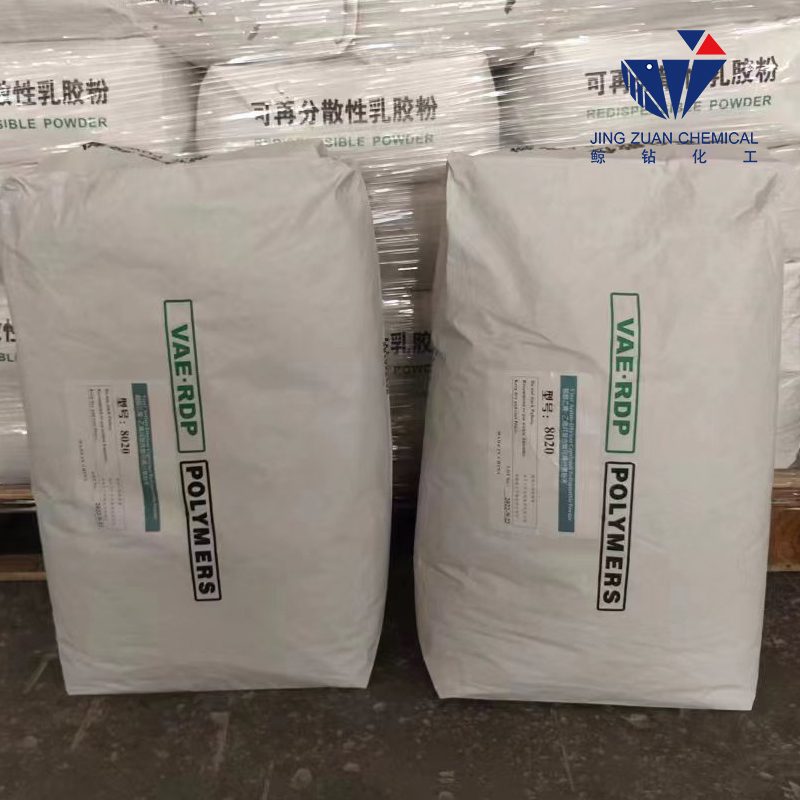Fishing can be a rough-and-tumble activity, so durability is a key feature of any chest waders. Look for reinforced seams and materials that can withstand abrasions and punctures. After a day on the water, proper maintenance is crucial to extending the life of your waders. Rinse them with fresh water to remove any contaminants, and allow them to dry completely before storing them away to prevent mold and mildew.



